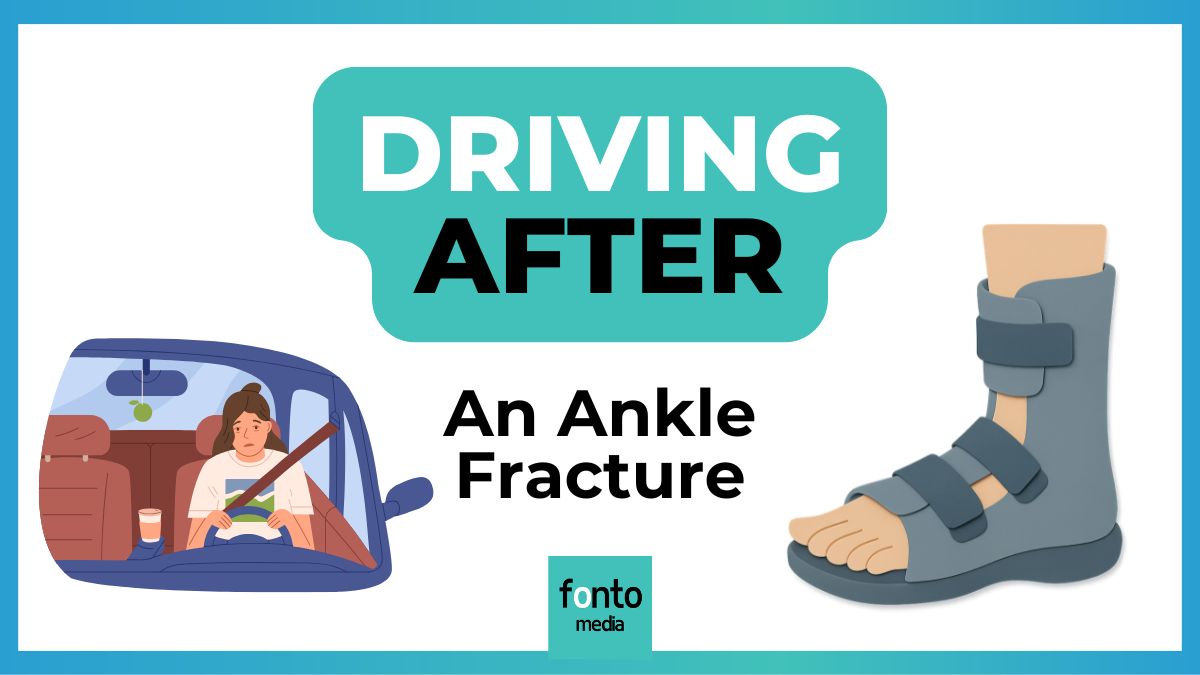A comprehensive guide for manual therapists, rehabilitation professionals, and personal trainers
Calcific tendonitis is one of those shoulder conditions that seems to appear out of nowhere.
One week a client is training normally, carrying out daily tasks without issue; the next week they can’t lie on the affected shoulder, can’t lift the arm above shoulder height, and are experiencing intense, sometimes debilitating pain. It’s a condition that confuses clients and occasionally frustrates therapists—not because it can’t be helped, but because it behaves differently from many other shoulder problems.
Unlike rotator cuff tendinopathies caused by overload or movement dysfunction, calcific tendonitis involves the deposition of calcium crystals within a tendon, most commonly the supraspinatus. This creates a mechanical disturbance in the tendon, alters movement, and triggers an inflammatory response that can be surprisingly painful. Yet, the condition also has a natural life cycle—one that therapists can support but cannot entirely control. Understanding this life cycle is the key to managing the condition effectively.
This article explores what calcific tendonitis is, why it occurs, how long recovery takes, and how manual therapy, massage, and movement rehabilitation can meaningfully support the client through the process.
What Exactly Is Calcific Tendonitis?
Calcific tendonitis involves the accumulation of calcium—usually hydroxyapatite crystals—within a tendon. The supraspinatus is the most commonly affected, but calcium deposits can occur in other rotator cuff tendons as well. What makes this condition unique is that the calcium deposits are not permanent. They form, they mature, and they eventually resorb, often completely. But the timeline can vary dramatically from person to person.
Researchers commonly describe calcific tendonitis as occurring in three overlapping phases:
1. The Formative Phase
Calcium begins to deposit within the tendon. Pain may be minimal at this stage, and the client may not yet realize something is brewing.
2. The Resting Phase
The deposit stabilizes and may persist for months or years. Pain tends to fluctuate but often intensifies with overhead activity or pressure (such as lying on the shoulder).
3. The Resorptive Phase
This is the phase most associated with severe pain. The body begins breaking down the calcium deposit, which triggers an inflammatory cascade. The tendon becomes highly sensitive, stiff, and irritable. Clients often describe this as a “deep, toothache-like pain.”
What makes this process challenging for therapists is that pain often peaks during the resorptive phase—the same phase in which the body is actually doing the healing work.
Why Does Calcific Tendonitis Happen?
Despite decades of research, the precise cause remains uncertain. There are, however, several recognized contributing factors:
-
Hypoxia in the tendon (low oxygen) may trigger the formation of fibrocartilage, which is more prone to calcification.
-
Age-related changes in the rotator cuff make middle-aged adults more susceptible.
-
Hormonal influences, especially in women, appear to play a role.
-
Repetitive overhead movement may contribute to microtrauma.
-
Genetic and metabolic factors have been proposed, though evidence is still limited.
Importantly, calcific tendonitis is not caused by poor posture, heavy lifting, or athletic training—though these factors can aggravate symptoms once the deposit is present.
How Clients Typically Present
Clients with calcific tendonitis often arrive in clinic describing:
-
difficulty lifting the arm overhead
-
inability to sleep on the affected side
-
sharp or deep aching pain during abduction
-
sudden increases in pain without clear injury
-
restricted range of motion during flare-ups
Many feel confused because the pain appeared suddenly and intensely but did not follow a memorable traumatic event. This uncertainty can trigger anxiety—and anxiety often amplifies pain perception. A key part of effective care is offering a clear, calm explanation of what’s happening and what to expect.
The Natural Course of Calcific Tendonitis
Perhaps the most reassuring truth about calcific tendonitis is that it is self-limiting. In many cases, the deposit will resorb spontaneously. For some people, this happens over a few weeks; for others, it may take months. The pain subsides when the inflammation resolves, when the tendon regains mobility, and when the shoulder muscles return to coordinated function.
But “self-limiting” doesn’t mean “self-resolving without consequences.” The client still needs help to manage symptoms, maintain function, and prevent secondary compensations. Muscle guarding, reduced scapular movement, sleep disturbance, and altered loading patterns all contribute to the complexity of recovery.
Where Manual Therapy Fits In
While manual therapy cannot dissolve a calcium deposit, it plays a valuable role in addressing the dysfunction, pain, stiffness, and movement adaptations surrounding it. The most effective therapists understand exactly where hands-on work helps—and where it doesn’t.
Manual therapy contributes in the following key ways:
1. Reducing Protective Muscle Guarding
When the tendon becomes irritable, the surrounding musculature—especially the upper trapezius, levator scapulae, posterior deltoid, and infraspinatus—often tightens protectively. This guarding reduces range of motion and increases pain. Skilled soft tissue work helps interrupt the guarding response and restores more normal resting tone.
2. Improving Scapular Mobility and Rhythm
Clients with calcific tendonitis frequently demonstrate altered scapular motion, especially reduced upward rotation or excessive elevation due to pain. Targeted manual therapy around the scapulothoracic junction can help restore gliding and reduce compensatory patterns. Mobilizing the ribs and thoracic spine is often beneficial too.
3. Addressing Secondary Myofascial Trigger Points
It’s extremely common for painful trigger points to develop around the rotator cuff, upper trapezius, and posterior shoulder musculature. Addressing these does not treat the calcification itself but can profoundly reduce pain and improve function.
4. Facilitating Better Movement During Exercise
Perhaps the most important role manual therapy plays is preparing the client for active rehabilitation. When soft tissue restrictions are reduced and pain is more manageable, clients move better. Better movement allows the tendon to remodel, and better mechanics reduce irritation during the resorptive phase.
In short, manual therapy doesn’t fix calcific tendonitis—but it helps restore the conditions in which healing and improved function can occur.
The Role of Exercise Rehabilitation
Movement is essential for managing calcific tendonitis. Once acute pain is controlled, rehabilitation exercises guide the shoulder back toward healthy motion, strength, and coordination. The principles are similar to those used in rotator cuff rehab, with careful attention to load tolerance.
The goals of therapeutic exercise include:
-
restoring pain-free range of motion
-
improving scapular control
-
strengthening the rotator cuff
-
reinforcing balanced movement patterns
-
preventing secondary impingement
-
improving circulation and tendon health
A typical progression mirrors the slow, deliberate strengthening shown in Mike McGurn’s shoulder tutorial. Early on, exercises involve gentle mobility and low-load movements to keep the shoulder from stiffening. As symptoms ease, strengthening becomes more central—always mindful of the tendon’s irritability.
The most effective approach is to work with the tendon, not against it. Pushing through sharp pain or forcing overhead movements too early can provoke the inflammatory process and slow recovery.
What Therapists Should Communicate to Clients
Education is one of the most powerful tools we have. Clients with calcific tendonitis benefit greatly from clear explanations about:
-
the cyclical nature of the condition
-
why the pain may suddenly worsen during the resorptive phase
-
why manual therapy helps but does not remove the deposit
-
the importance of gentle but regular movement
-
realistic expectations for recovery
Clients feel reassured when they understand the timeline, and that reassurance often reduces unnecessary fear and movement avoidance.
Pain Management Strategies
Managing pain is essential to maintaining function and engagement in rehabilitation. Manual therapy has an important place here, but so do lifestyle adjustments, pacing, and movement modifications.
Therapists commonly recommend:
-
avoiding prolonged overhead activity during flare-ups
-
temporarily modifying gym routines to reduce irritation
-
using supported sleeping positions
-
gradually reintroducing load based on symptom response
Some clients benefit from medical interventions such as corticosteroid injections or ultrasound-guided lavage, but these are typically reserved for severe cases where function is significantly impaired.
Even when medical interventions are used, manual therapy and rehabilitative exercise remain central to restoring long-term function and preventing recurrence.
Preventing Long-Term Dysfunction
One of the biggest risks following calcific tendonitis is the development of secondary movement patterns that outlive the original problem. Clients may avoid reaching overhead, protect the arm, or compensate excessively with the upper trapezius. These behaviours linger even after the inflammation settles and can lead to chronic dysfunction.
The combination of manual therapy, reassurance, and progressively loaded exercise is essential for ensuring the client returns to normal, confident, functional movement. Practitioners who view the shoulder holistically—not just as a painful tendon—tend to achieve the best outcomes.
Final Thoughts: A Condition That Heals Best When We Guide, Not Force
Calcific tendonitis is unusual, painful, and often confusing for clients, but it is also manageable, treatable, and—crucially—temporary. The body has a remarkable ability to resorb calcium deposits and restore tendon integrity. Our role as therapists is not to rush this process, but to support it with wise clinical reasoning, gentle yet purposeful hands-on work, and thoughtful rehabilitative programming.
Clients recover best when they understand their condition, remain active without aggravating the tendon, and receive consistent guidance from a skilled professional. Manual therapy helps ease the journey, exercise helps restore strength and control, and reassurance helps clients remain patient during the body’s natural healing cycle.
With the right combination of education, movement, and hands-on care, calcific tendonitis can evolve from a bewildering source of pain into a completely manageable—and fully resolvable—shoulder condition.











